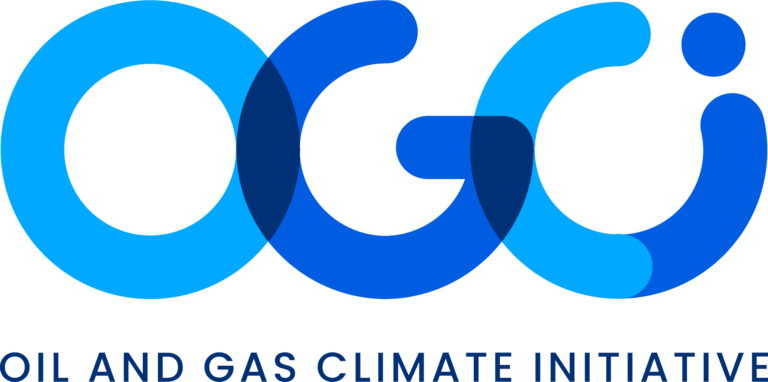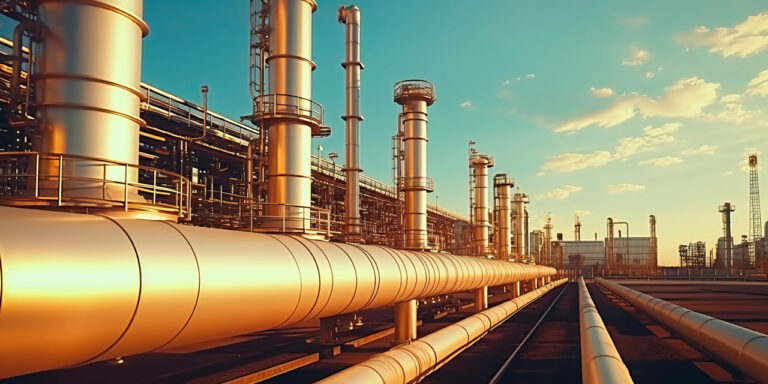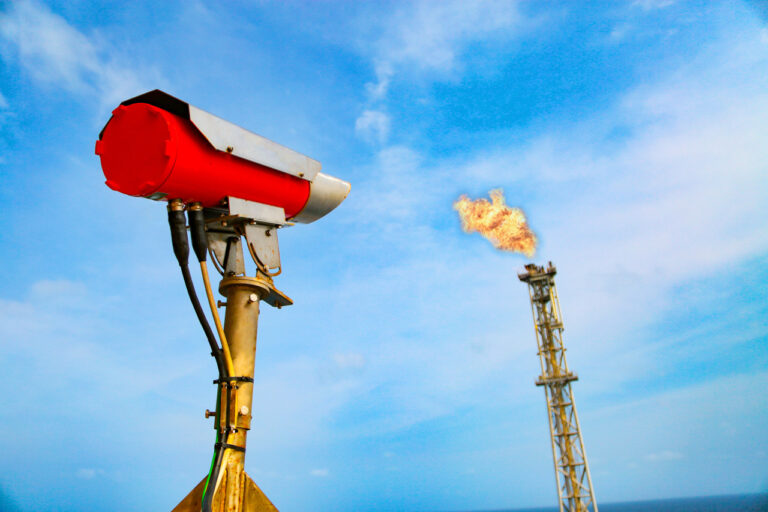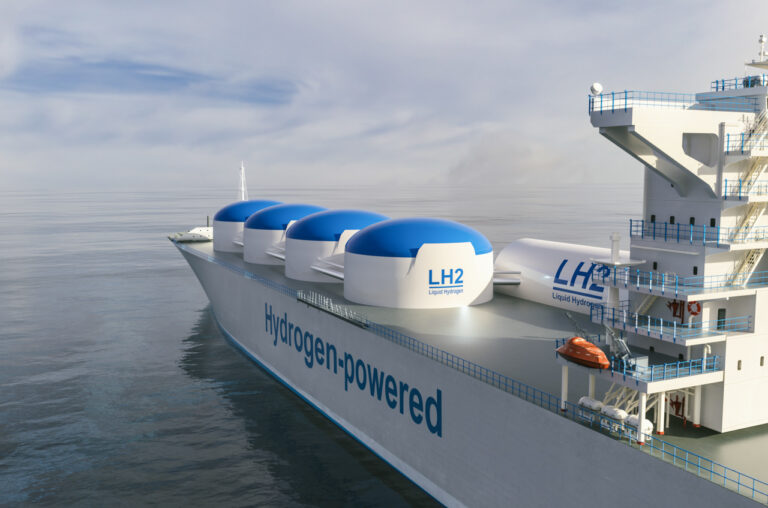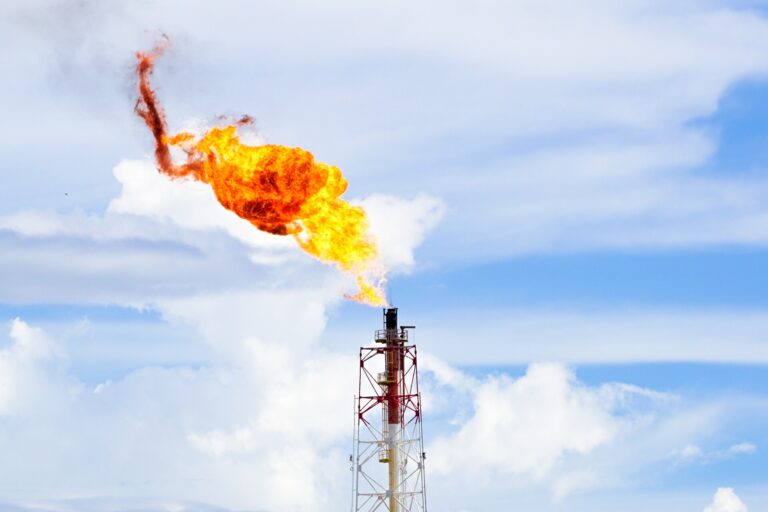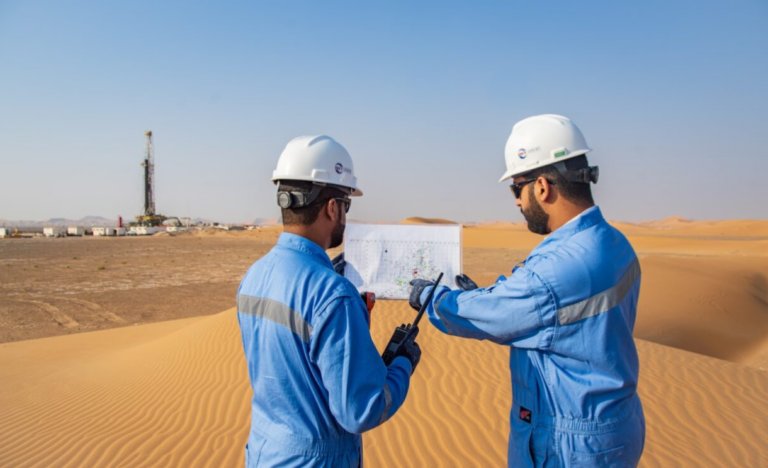This study calculates flare efficiency by using airborne sampling across three U.S. basins that are responsible for more than 80% of the country’s flaring emissions. The findings reveal that both unlit flares and inefficient combustion contribute significantly to ineffective methane destruction. Specifically, flares are only effective in destroying 91.1% of methane, which is much lower than previously assumed. This inefficiency leads to a fivefold increase in methane emissions compared to current assumptions, contributing to 4–10% of total U.S. oil and gas methane emissions. This highlights a previously underappreciated source of methane emissions and presents a significant opportunity for mitigation efforts.
Inefficient and unlit natural gas flares both emit large quantities of methane
Science is the peer-reviewed academic journal of the American Association for the Advancement of Science and one of the world’s top academic journals.

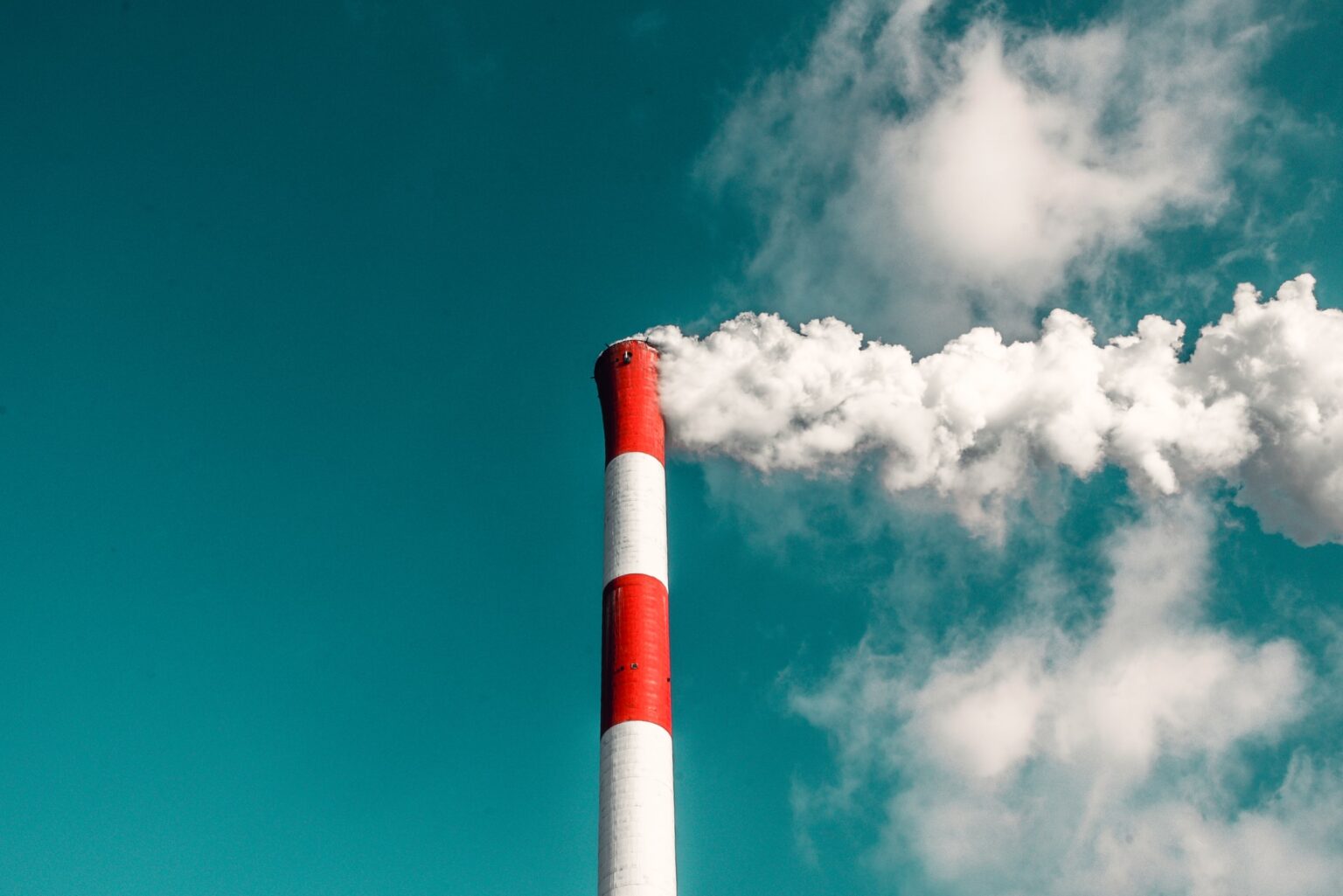
OGCI and its member companies do not assume any responsibility for the accuracy or reliability of any information offered by third-party websites linked though this site. The views expressed in the external content do not necessarily reflect those of OGCI or its member companies. See our Terms of Use.
Region
US
Published
2022
Resource Type
Research article
Category
Methane abatement strategies
More info
Sub-Category
Measurement informed strategies
Segment
N/A
Equipment
Flares
Related resources
This resource outlines the work and research conducted by EQT’s Production and Environmental teams to target low-cost opportunities for abating methane emissions from natural gas-driven
Ten-step roadmap for policymakers to implement methane policies for the oil and gas industry. Across these steps, the process of implementing a new regulation unfolds
MiQ has developed and launched the Gas Buyers Methane Emissions Calculator, a tool designed to help natural gas buyers assess the potential methane emissions reductions
Recently visited resources
The IEA’s gas flaring page reviews global flaring trends, environmental impacts, and reduction strategies. It discusses flaring’s role in greenhouse gas emissions and offers links
Brochure created by GasNaturally discussing methane emissions in Europe. It highlights the environmental impact of methane, O&G sources, and emission reduction strategies. The document also
This book highlights the business case for reducing gas flaring and methane emissions (FMR), offering a framework for policymakers to evaluate FMR project feasibility and
